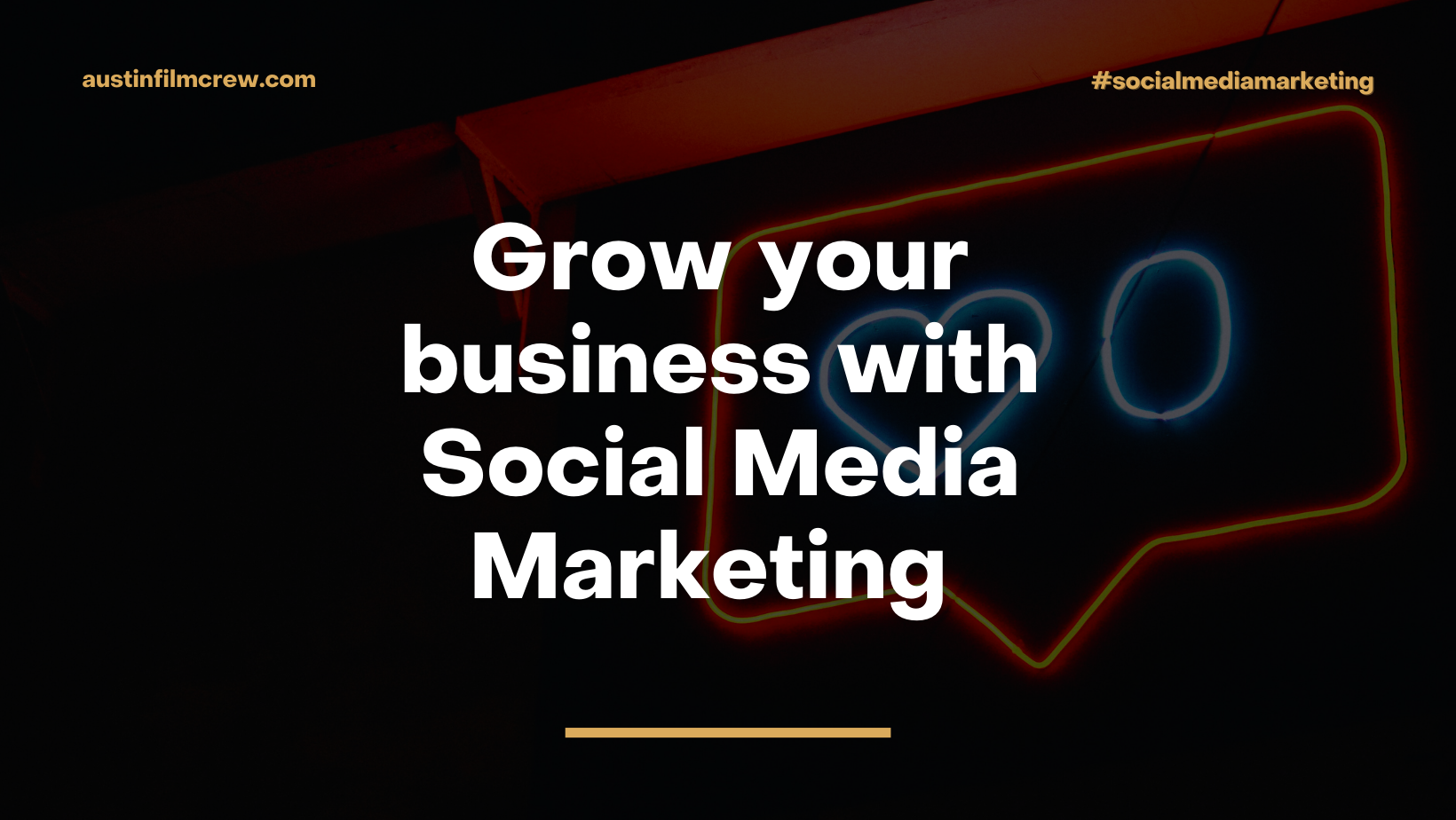If you’re not using social media as part of your business's marketing efforts you’re missing a chance for MASSIVE connection with your audience. With more than 3.8 billion people using social media platforms every day, businesses have an incredible opportunity to reach their target audiences and promote their products and services. But how do you effectively leverage social media marketing to drive business growth?
Social media allows businesses to connect with their customers, build brand awareness, and drive website traffic and sales.
Today we’ll discuss the basics of social media marketing and provide actionable tips to help you develop and execute a successful social media strategy.
Identify Your Consumer/Audience
Before you start developing your social media strategy, it’s important to identify your target audience. Who are they? What are their interests, values, and behaviors? What social media platforms do they use? You will often find that each platform has a different audience, for instance, Instagram vs LinkedIn is an obvious example but many would be surprised to find that even Instagram vs TikTok probably has a different audience as well.
By understanding your target audience, you can create content that speaks to them and tailor your social media strategy to their preferences. For example, if your target audience is primarily made up of young adults, you may want to focus on platforms like TikTok and Instagram, which are popular among this demographic. Not to mention the video style differences between TikTok and Instagram (TikTok users prefer raw video while Instagram videos that are more eye-catching and polished perform better.
Here are some tips for identifying your target audience:
Conduct market research to gather data on your target audience’s demographics, interests, and behaviors
Analyze your website and social media analytics to see who is currently engaging with your pages
Create buyer personas to represent you and their characteristics. What are your customer interests, attitudes, behavior, industry, company size, etc?
Once you’ve identified your target audience, it’s time to develop a social media strategy. This involves creating a plan for your social media content, posting schedule, and engagement tactics.
2. Develop a Social Media Strategy
The next step in leveraging social media marketing for business growth is to develop a comprehensive social media strategy. Your strategy should include your objectives and goals, target audience, content plan, and promotion tactics. This will give you a clear roadmap to follow and ensure that you’re focusing on the right activities.
When developing your strategy, it’s important to understand your target audience and which social media platforms they use. This will help you create content that resonates with your audience and tailor your strategy to meet their needs and interests. Consider which platforms are the most effective for reaching your target audience and focus on those.
3. Create Engaging Content
Once you have a strategy in place, it’s time to start creating content. Content is the key to engaging with your target audience and driving business growth. Your content should be interesting, informative, and entertaining. It should also be tailored to the platform you’re using and the interests of your target audience.
Your content should also be optimized for search engines. This will help your content rank higher in search results, increasing visibility and driving more traffic to your site. Additionally, consider using visuals such as images and videos to make your content more engaging and shareable.
4. Promote Your Content
Once you’ve created content, it’s time to promote it. You can promote your content by leveraging paid advertising, influencer marketing, and organic content. Paid advertising is a great way to reach a larger audience and promote specific products and services. Influencer marketing is a great way to reach a highly engaged audience and leverage the influence of influential people in your industry. Organic content is a great way to build relationships with your followers and engage with them on a personal level.
It’s important to measure the success of your content and adjust your strategy accordingly. This will help you understand what’s working and what’s not so you can focus your energy on the most effective tactics.
Promote your social media content on multiple platforms to reach a wider audience. For example, you could share a link to your latest blog post on Facebook, Twitter, and LinkedIn.
It’s important to regularly evaluate the success of your social media strategy and make adjustments as needed. Use social media analytics tools to track your performance areas for improvement.
Here are some key metrics to track:
Engagement rate
Click-through rate
Conversion rate>Reach and impressions>
Use this data to make adjustments to your social media strategy, such as posting more frequently or changing the types of content you create.
5. Engage with Your Audience
Engagement is key to driving business growth through social media marketing. You should engage with your audience by responding to comments, asking questions, and sharing relevant content. This will help you build relationships with your followers and create a sense of community on your social media pages.
Engaging with your audience is essential for building relationships and driving engagement. You should take the time to monitor your social media accounts to ensure that you’re responding to any questions or concerns in a timely manner. This will help you create a positive impression and improve customer experience.
Develop a plan for responding to comments and messages, participating in relevant conversations, and sharing user-generated content. Responding to comments and messages shows your audience that you value their feedback and are committed to building relationships.
Conclusion
Social media marketing is an effective way to reach your target audience and promote your products and services. To leverage social media marketing for business growth, it’s important to develop a comprehensive strategy, create engaging content, promote your content, and engage with your audience. By following these tips, you’ll be well on your way to creating a successful social media strategy.


